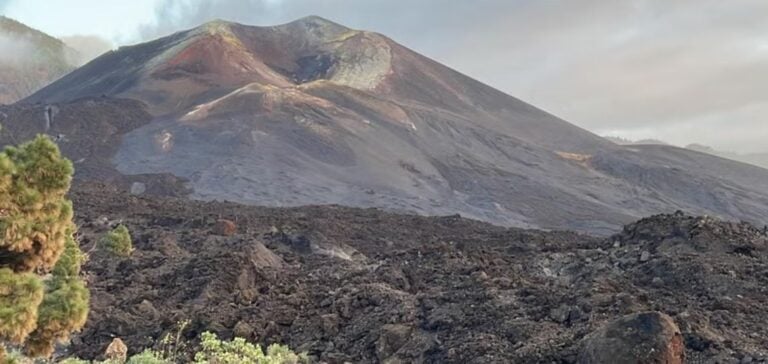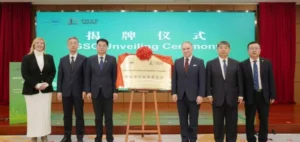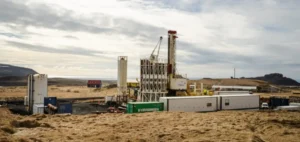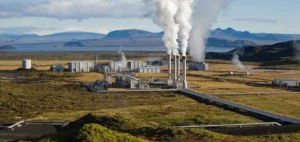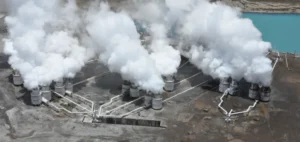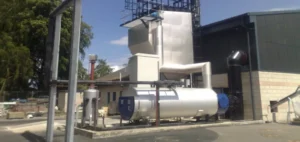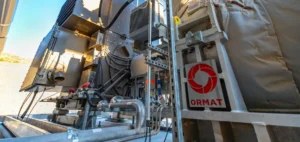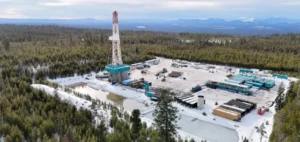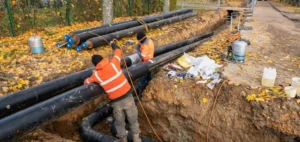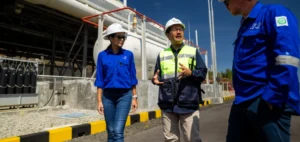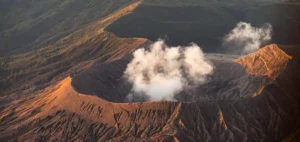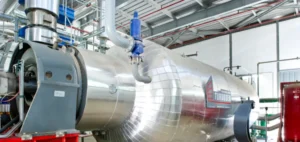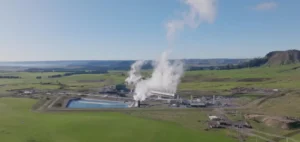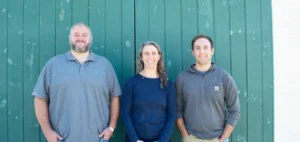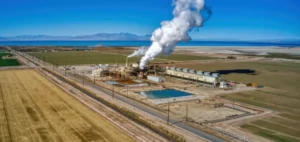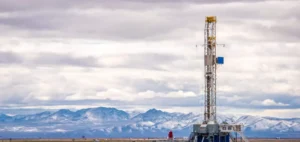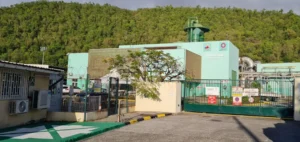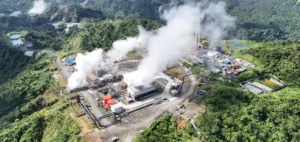ULL (Universidad de La Laguna) and IGME (Instituto Géologico y Minero de España) announce significant progress in the SAGE4CAN research project, aimed at demonstrating the potential of shallow geothermal energy for the heating and cooling sector in the Canary Islands, Spain. The research team recently carried out a successful TRT (Thermal Response Test) at the Tajogaite volcano site in La Palma. TRTs, used to assess the ground’s capacity to transfer heat, are essential for the correct design of geothermal air-conditioning systems, ensuring their optimum efficiency.
Testing in a unique volcanic environment
Carried out in a unique volcanic environment, these tests will provide valuable information on the behavior ofgeothermal energy under extreme conditions. Shallow geothermal energy is a technology that exploits the heat stored in the first few meters of the subsoil, generally to a depth of around 100 meters, to cool buildings and produce hot water. Unlike deep geothermal energy, this form uses the relatively constant temperature of the ground near the surface.
Technical objectives and hydrogeological integration
The technical objective of the project is to integrate the hydrogeological regime into the calculation of the theoretical and technical potential of shallow geothermal energy in the Canary Islands. In addition, it aims to promote the use of this form of urban air conditioning in line with energy efficiency and renewable energy objectives in Spain and the European Union. The project also addresses key issues such as resource assessment, the sustainable and efficient management of shallow geothermal energy, and the identification of potential conflicts and environmental risks associated with its use.
Environmental and economic impact
In addition to reducing greenhouse gas emissions and improving energy security, SAGE4CAN also seeks to promote technological and economic development in the region. La Palma has been the site of geothermal exploration under the initiative of the public company Sodepal. Six deep geothermal project proposals in La Palma have also been approved for funding by the Institute for Energy Diversification and Economics (IDAE) at the end of 2023.
Towards a sustainable energy transition
The integration of shallow geothermal energy in the Canary Islands represents a major step towards a sustainable energy transition. By harnessing the stable heat of the subsoil, this technology offers an efficient air-conditioning and heating solution, reducing dependence on fossil fuels. The SAGE4CAN project seeks not only to demonstrate the technical viability of shallow geothermal energy, but also to assess its environmental impact and promote its widespread adoption.


